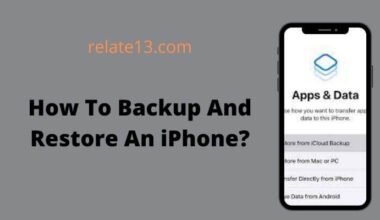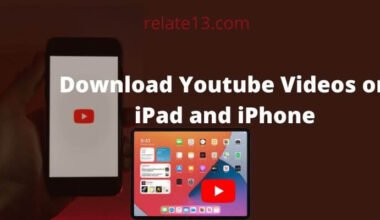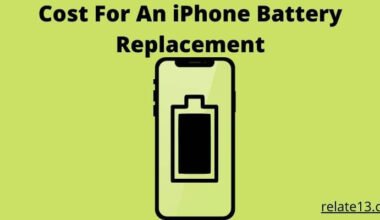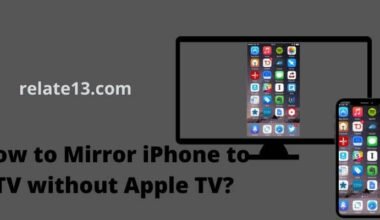In today’s world, smartphones have become an integral part of our lives, and we rely on them for various tasks throughout the day. However, the constant use of our phones drains their battery, which can be a real problem when we’re out and about. That’s where the battery-sharing feature on the iPhone comes in handy. This feature allows you to share the battery of your iPhone with someone else’s iPhone.
The process of sharing your battery is quite simple and can be done in a few easy steps. With this feature, you can help out a friend or family member whose phone is about to die without worrying about your phone’s battery life. Additionally, it can also be useful in emergency situations when someone needs to make an important call or send a message, but their phone is out of battery.
In this article, we’ll explain how to share battery on iPhone, step-by-step, and provide some tips on how to make the most out of this feature. So, if you’re curious about how to share your iPhone’s battery or looking for ways to extend your phone’s battery life, keep reading!
Can you share the battery on iPhone?
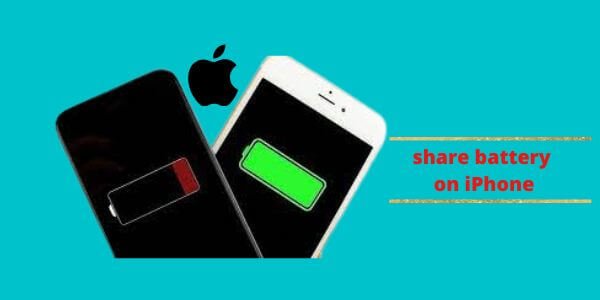
Of Course, you can share the battery on the iPhone if your iPhone has a low battery and you don’t have a charger or charging point then if someone’s iPhone has a high battery then you can take the power from that one. You can use PowerShare to share your battery with your phone.
This is a great way to charge your iPhone and extend its battery life. To use PowerShare, swipe up from the bottom of the screen to open Control Center and tap the Power Sharing button.
Then select the devices you want to share power with. There are some drawbacks to be aware of. Using PowerShare reduces the amount of power available to your phone.
PowerShare requires Bluetooth to be on, which drains the battery faster.
Can Battery Sharing Work on Devices Other Than Mobile Phones?
Yes, battery sharing can work on devices other than mobile phones. Battery sharing works by using electromagnetic fields to transfer energy between two objects, typically a charging pad and a device.
While mobile phones are some of the most common devices to use wireless charging, other devices such as smartwatches, wireless earbuds, and even some laptops also support this technology. As long as the device has the necessary components for wireless charging and is compatible with a charging pad or dock, battery sharing can be used to charge the device.
In addition, battery sharing is also used in some electric vehicles, allowing them to share energy with other electric vehicles or even feed energy back into the grid.
How can you share the battery on iPhone
On iPhone 11

The iPhone 11 has a battery-sharing app. You can split the battery on iPhone 11 and later running iOS 14. You can use the power bank to share the battery with other iPhones.
Almost everyone carries a power bank with them when they travel to charge their mobile phones.
It is recommended to share the battery pack with the power bank. You can share your battery with the AirPower app.
AirPower is a great battery-sharing app. Place your iPhone and your friend’s iPhone together, bring the AirPower mats close to each other and they will begin to share energy.
On iPhone 12
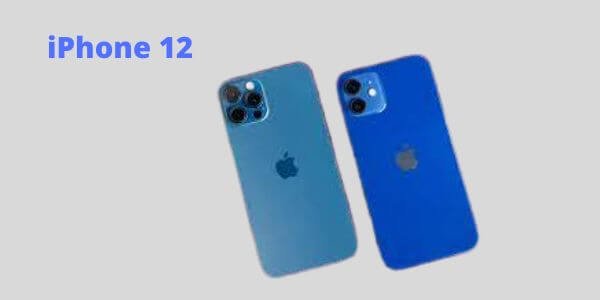
There are many ways to share batteries on iPhone 12. You can use the built-in sharing feature here or even use a third-party app.
- If you’re using the built-in sharing functionality:
- Go to Settings.
- Go to Battery.
- Tap the share button next to the battery status indicator. Here you have the option to share the battery with whomever you want to share it via Airdrop or Wi-Fi.
On iPhone 13

- Go to settings.
- Go to the battery.
- Tap the share button.
- Tap the contact you want to share with.
- A message appears on the screen asking the person to accept the battery power-sharing offer. Once approved, a battery icon will appear next to the iPhone’s name and contact to indicate that it is being shared.
- To stop battery sharing, go to Settings > Battery and tap the Stop Sharing button next to the contact’s name.
On iPhone 14
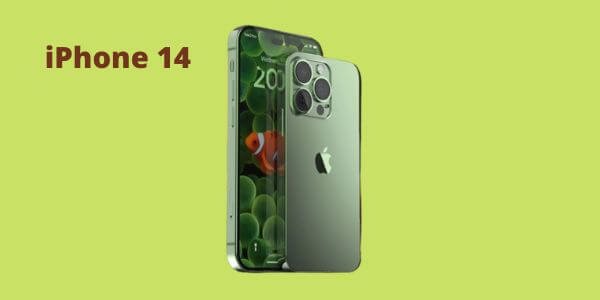
First, make sure that the person you want to share your battery with is both devices in the same iCloud. Once both are connected to his iCloud, you can see each other’s battery in the Battery section of the settings.
Then you have to select the device you want to charge and tap the charge button.
If you can’t connect your devices to iCloud, or if you don’t see any batteries in the battery pane on one of your devices, you’ll need to change your settings to make sure everything’s set up correctly.
Can You Share Batteries Between Android and iPhone?
Battery sharing is a feature that allows two compatible devices to transfer battery power between them. While there are some apps and tools available that claim to offer battery sharing between Android and iPhone devices, in reality, it is not possible to share battery power directly between these two different platforms.
The reason for this is that Android and iPhone device use different types of charging ports and have different power management systems. Android devices typically use USB-C or micro-USB ports for charging, while iPhone devices use the proprietary Lightning connector. These different connectors make it difficult, if not impossible, for the two platforms to share battery power directly.
Moreover, even if you could connect an Android and iPhone device using a cable that has both a USB-C and a Lightning connector, there would still be compatibility issues due to the different power management systems used by the two platforms. The charging speed and voltage requirements of the two platforms are different, which means that even if you could physically connect the two devices, the charging process may not work as expected.
How to transfer iPhone battery
Keep in mind that not all batteries are created equal, or that not all iPhones have the same battery capacity. So, before transferring the iPhone battery to another iPhone, make sure both devices have compatible batteries.
If you want to transfer the battery from one iPhone to another, follow these steps:
- Turn off your iPhone or use the SIM card tool to remove the SIM card. If your iPhone has a headphone jack on the bottom, use that instead to remove the SIM tray.
- Open the iPhone case with a thin metal object. However, be careful not to damage the components of your iPhone.
- Go to the screw, take the battery, and remove it.
- We recommend that you refer to your phone’s manual for specific instructions, as each iPhone model has different procedures for removing the battery.
Can you charge the iPhone wireless?
Wireless charging has been around for a while but has recently started to evolve. There are several ways to wirelessly charge your iPhone.
One way to wirelessly charge your iPhone is with an Apple AirPower charger. Charge your Apple Watch and iPhone with AirPods with one device at the same time.
You can use third-party wireless chargers that work with your iPhone. Make sure your charger is Qi-enabled before purchasing.
You can use any Qi-enabled wireless charging mat. This wireless charging mat is a flat surface on which you can place your Qi-enabled device to charge.
The mat wirelessly transmits power from an external power source to your device and charges it automatically.
You may also like:
- How much does it cost an iPhone battery replacement
- How to Connect Bluetooth Speaker to iPhone
- Best iPhone hacks, tips, and tricks
FAQ’s
How to share the battery on iPhone 11?
- Go to Settings.
- Go to Battery.
- Tap on the share battery button.
- Now select the device and start sharing.
How to share the battery wirelessly?
Using the AirDrop feature you can share the battery wirelessly with another iPhone user by tapping on the device.
What phones can share a battery?
Most phones that use a micro USB cable for charging can share battery power, including Android and Windows phones.
To share the battery, connect another phone to your phone’s charging port. A loading point is a point with a small lightning bolt icon.
What phones can share a battery?
- Galaxy S20, S20+, S20 Ultra
- Z Flip
- Note 10, Note 10+
- S10e, S10, S10+
- Fold
Final words
Sharing your iPhone’s battery can be a useful feature in certain situations where you or someone you know is low on battery and needs a quick charge. Whether you’re using the built-in battery-sharing feature or a third-party app, it’s important to keep in mind that sharing your battery will also drain your own battery faster.
Additionally, it’s crucial to only share your battery with people or devices you trust, as sharing with unknown devices can pose a security risk. With these considerations in mind, sharing your iPhone’s battery can be a convenient and helpful feature when used responsibly.
If you have any doubts regarding this, please leave your question down below we will get back to you as soon as possible.
Until then, keep reading to know more.



